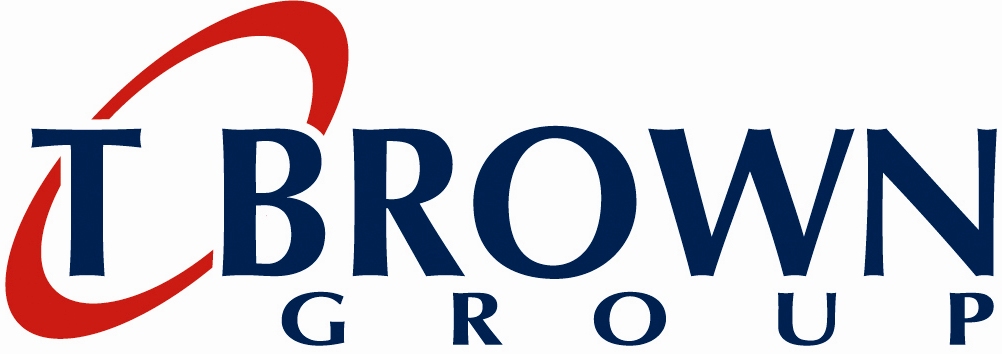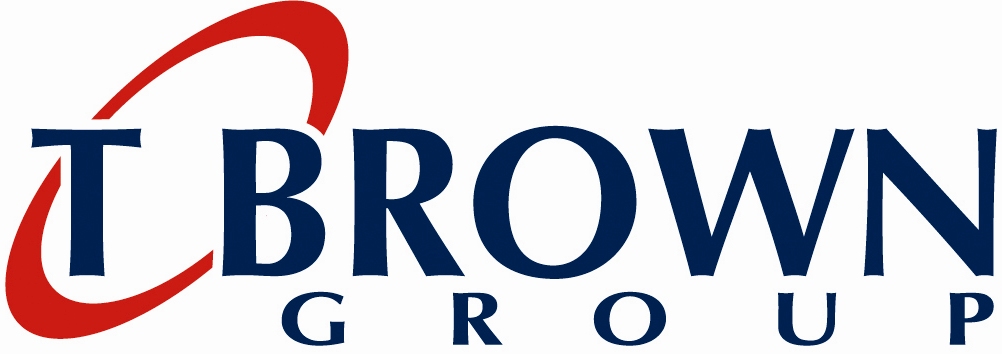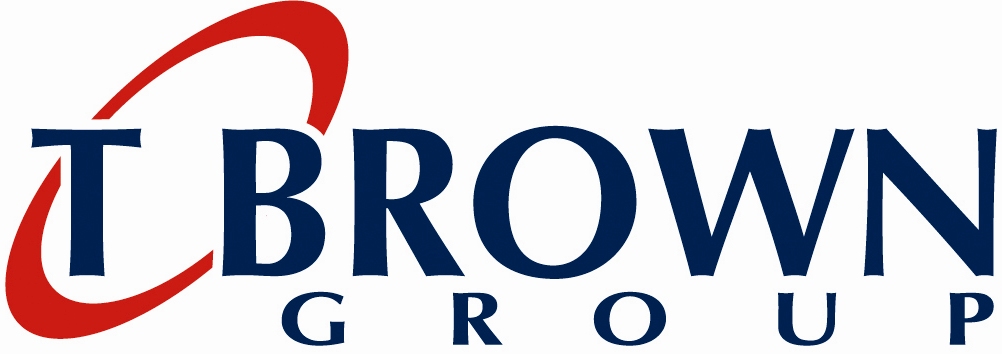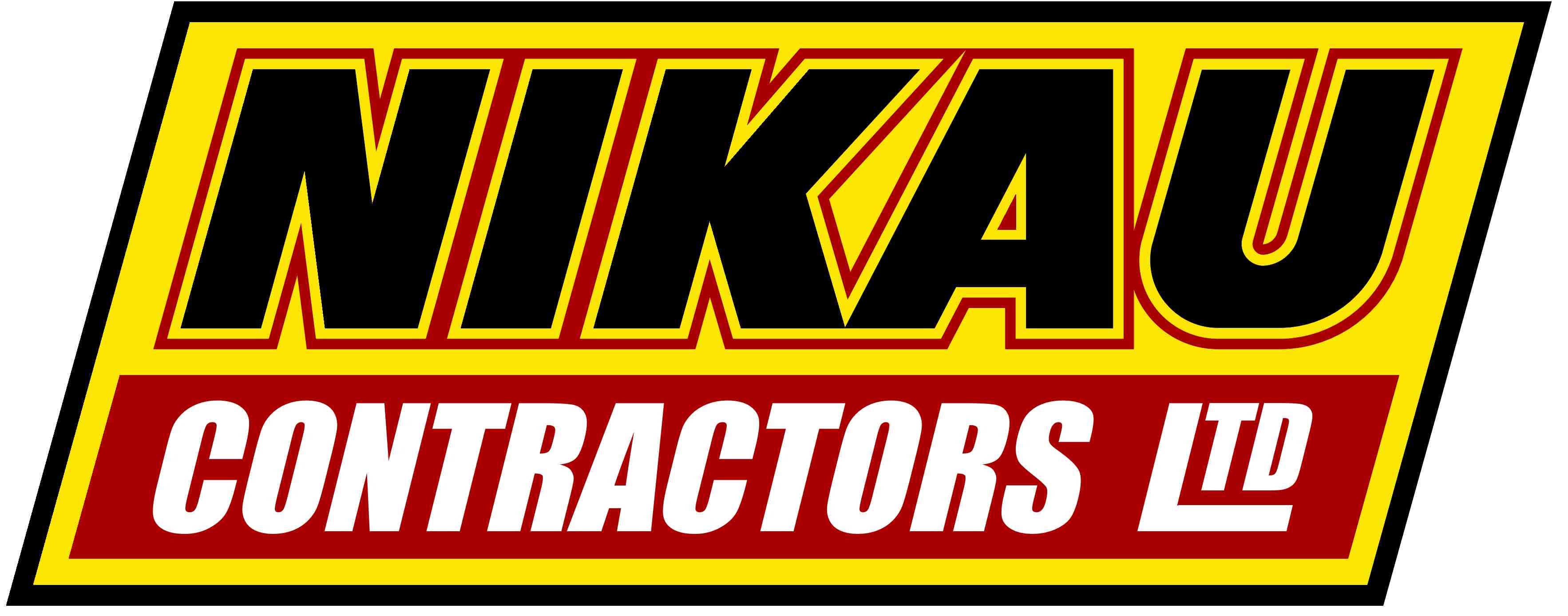Information
-
Audit Title
-
Document No.
-
Client / Site
-
Conducted on
-
Prepared by
-
Location
-
Personnel
PPE
-
Are PPE requirements sufficient
-
Is PPE supplied adequate for the task?
-
Is PPE being worn properly
-
Is PPE readily available to employees
-
Are employees being exposed to dust, fumes or gas
Tools
-
Are employees trained and certified in Cadweld?<br>
-
Power tools:<br>Free of frayed cords, missing guards
-
Are powder actuated tools being used?<br>are employees trained and certified for the tool being used
-
Have all instruments and test equipment been calibrated
-
Are tools being used/stored properly
Hazard Communication
-
Confined spaces?<br>Will employees be entering these confined spaces?
-
Do confined spaces require an entry permit
-
Are employees engaged in confined space entry trained and certified?
-
Will employees be exposed to hazardous chemicals?
-
Are all MSDS for all on-site chemicals available
-
Employees know how to find MSDS and understand the hazards of the chemicals they work with. (Interview >=2 employees)
-
Ventilation adequate for the airborne health hazards?<br> -Industrial hygiene sampling results on file?<br> -Employee complaints about "fumes" or "nausea/dizziness"
-
Chemicals are stored in proper containers and labeled properly?<br> -Secondary containers that are not in control of current shift labeled with HMIS label or equivalent?<br> -Labels legible and accurately indicates the chemical that is inside the container?
-
Incidental spills cleaned up immediately?<br> -No evidence of spills being left?<br> -Chemicals being tracked on employees' shoes and/or mobile equipment?
-
Chemicals stored properly?<br> -Flammable materials not in use stored in proper cabinet/safety container?<br> -Incompatible materials stored away from each other?
Walking/Working Surfaces and Fall Protection
-
Is there a fall protection competent person
-
Do employees engaging in use of fall protection have awareness training?
-
Handrails secure and free of excessive defects?<br> -Heavily damaged handrails that require replacement? Loose? Broken welds? Bent handrails and/or toe boards?<br> -Handrails do not contain excessive oil/grease?
-
Proper labels in place and legible?<br> -Portable ladders and stairways require labeling indicating weight limits.
-
Handrails installed where a fall from a height of four feet or greater exists?
-
Fall protection equipment available for working at heights greater than 6 feet from the working surface below it where fall prevention is not available?
-
Harnesses, lanyards, SRL, and lifelines maintained in good condition and inspected properly?<br> -Inspection labels present and legible?<br> -Webbing free of frayed, cut or broken fibers?<br> -Quick connect buckles working properly?
-
Is Rescue plan available?<br>Are all employees aware of the rescue plan?
-
Floors and work platforms free of excessive debris and clutter?<br> -Excessive oil, trash, etc. in the work are?<br> -No items stored on stairs?
Emergency Response/Fire Protection
-
Is there an employee on-site trained in First aid/CPR
-
Fire extinguishers inspected monthly and unblocked?
-
Is employee trained in use of fire extinguishers?<br>
-
Employees aware of emergency procedures and where assembly areas are? (Interview >=2 employees)
-
Eyewash/Safety Shower stations inspected and unblocked?
-
Spill kits are available where needed and are equipped/inspected as required?
-
Sufficient emergency equipment installed in the area?<br> -Fire extinguishers, eyewash, safety shower, spill kits, alarm pull stations, etc.
Trenching and excavation
-
Is there a trenching/excavation competent person on site<br>
-
Has Dig alert been called
-
Is soil type known?
-
Is depth of trench known?
-
If over 5', has activity notification been made through OSHA
-
What type of cave-in protection is being used
-
Do any special measures need to be taken to protect the public
Mobile Equipment
-
Is each employee operating equipment trained?
-
Equipment inspected per inspection frequency requirements?
-
Operators using horns and warning devices where required?
-
No passengers on equipment designed for operators only?
Scaffolding
-
Will you being using scaffolding
-
Is responsible person for the daily inspection known
-
Is there a competent scaffold employee on site
-
Are waivers/insurance available
Electrical Hazards/Arc Flash
-
Are all electrical cords in good condition?
-
Are Temporary power Boxes being used?<br>Are they being inspected on a monthly bases?<br>Is the GFCI inspection form available?
-
High voltage signs in place and visible?
-
Debris/Tools stored on top of electrical cabinets?
-
Electrical cabinets closed and in good repair?<br> -Do the cabinets close securely?<br> -Knock-outs all in place?<br> -Large dents in the housing/door?
-
Electrical cabinets not blocked?<br> -Nothing within 36 inches of the front of the cabinet?<br> -Clear access/pathway to electrical cabinets?
-
Arc flash signage in place?<br> -Indicates arc flash category?
-
Proper arc flash PPE available and in use?
Hazardous Energy Control (Lockout/Tagout)
-
Employees expected to conduct lockout trained and equipped properly?<br> -Employees understand their role and requirements?<br> -Employees have locks available if needed?
-
Employees locked out during a change over and/or other tasks that require lockout?<br> -All employees who are working on the equipment have their own lock affixed to the proper energy source(s)?<br> -Lockout was verified, stored energy was dissipated and equipment will not operate?
-
Energy control procedures exist for all equipment in the area and employees know where to find them?
-
Lockout exceptions have been adequately evaluated and determined safe?<br> -Do regular tool/machine adjustments introduce hazards with unacceptable risk?<br> -Other exceptions?
Crane/Hoist Safety
-
Are employees properly trained and certified?
-
Inspections completed as per requirements?<br> -Operator inspections completed?<br> -PM's completed as per the schedule?
-
Are employees working under suspended loads?
-
Are cranes working within their operating limits?<br> -Capacity not exceeded?<br> -Upper limit switch not used as a stop?
General Safety and Housekeeping
-
Trash, debris, and equipment not left laying around?
-
Equipment free of excessive dust, oil and/or soot?
-
Floor surfaces covered in oil/dust covering the painted surface?
-
General tripping hazards due to housekeeping, equipment layout, and/or workstation design?
Site conditions
-
Sanitary facilities
-
Hand wash stations
-
Is lighting adequate and in safe operating condition
Documentation
-
Safety program available?
-
OSHA 300 log?
-
Medical clinic maps available?
-
Emergency numbers posted/known
-
Cal/OSHA postings/permits
-
Weekly safety meetings
-
Jobsite inspections
Signature and Finalization
-
I have completed this assessment to the best of my knowledge. This audit is not intended to identify all safety and health hazards, but to identify all visible/known hazards as of the date printed on the completed assessment. assessment.
-
Select date
-
General Comments












